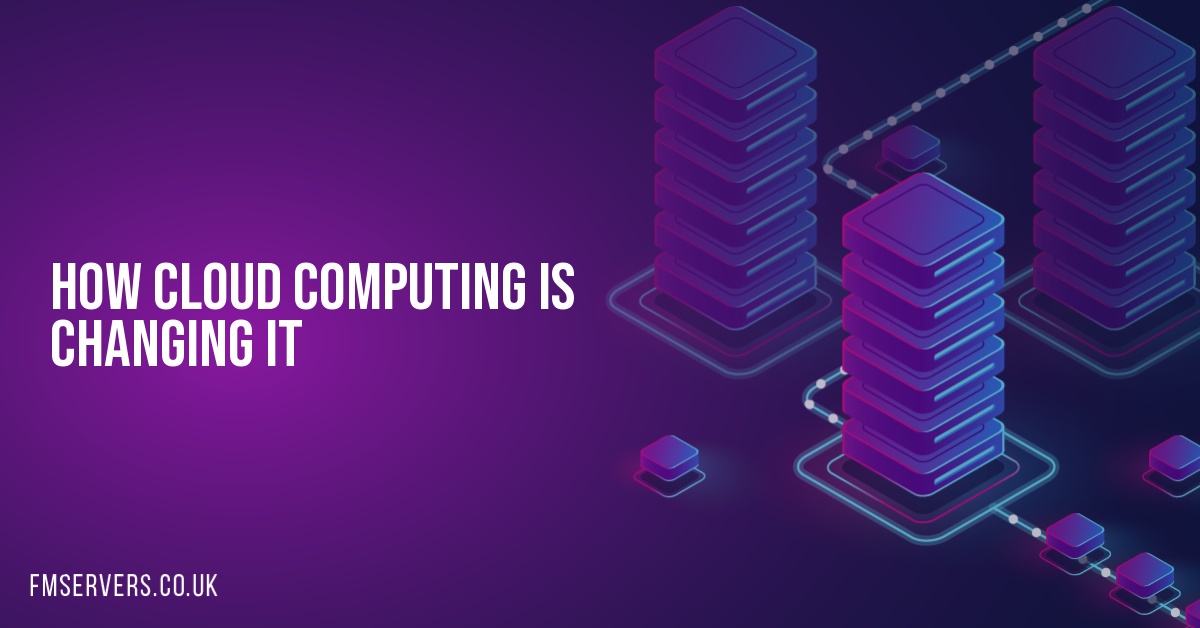The development of cloud computing in information technology is among the most significant impacts of technology that has been seen in the world of business today. Since immemorial, there has been technological advancement. I am going to present technological changes that have been exhibited in cloud computing of which every CEO should be aware so that they can minimize costs and maximize profits in their organizations.
1. More successful migration
Despite the fact that majority of vast businesses have moved their computing requirements to the cloud, there is still a small percentage (especially small & medium sized businesses) that have lagged behind. This development has made most firms to shift their services and applications to the cloud. They are now able to streamline modelling, scaling and testing their services in ways they could fail initially. Nonetheless, the actual migration procedures of clouds also exhibit several challenges like security and lag time difficulties. Note that, successful migration to the cloud involves a crucial process and need proper planning. It encompasses shifting the least and most important applications first in order to test the waters and assist performing any matters as the process continues.
2. The rise of microservices and cloud-native
Cloud native involves container based surroundings like Docker and Kubernetes. These environments enable decoupling offerings. The outcome is that pioneers can depend on a myriad of code directories that are open(like Bluemix) that are there to create applications using source code that is public, hence reducing reliance risks. Further, decoupling allows developers to pay attention to specific functionalities refers to as microservices. These specific functionalities enable developers to handle in the easiest way with updates and fixes. Microservices offers a better user experience for clients. You need to slowly understand these processes so that you can deal with its related issues.
3. Edge computing
Although cloud computing provides a variety of opportunities, our increase in the use of interlinked machines is vehemently reducing the bandwidth of the cloud. These eventual slowers down computing. The connected devices usually send the available information(data) and signals to the cloud, regardless of their status. This, in turn, leads to clogging of the bandwidth hence rendering cloud offerings to be less efficient. As most data are sent to the cloud, it creates a traffic jam on its highways leading to a tsunami of data. This eventually causes negative implication on the bandwidth(due to the IoT revolution of data). Current systems generate 2.5 quintillion data bytes daily and sources predict that the connected devices will be above 20 billion by 2020.
Edge computing provides a solution to the problems that experience on data highways as they head to the cloud through computing. It allows business premises to keep, store and process information on-premise/areas that relatively close to the cloud. These centres are not limited to the ones on the edge of the network hence implying there will be far less latency and hence better and faster service. Edge computing will play a significant role in autonomous vehicles, customer interactions(omnichannel retail experience), mortar and brick shopping among other areas. As if that is not enough, edge computing effects will also be seen in data storage of patients in a hospital, computing of smart city/concert venue. Organizations should find ways to incorporate it so that they can effectively utilize their limited resources to gain more profits.

